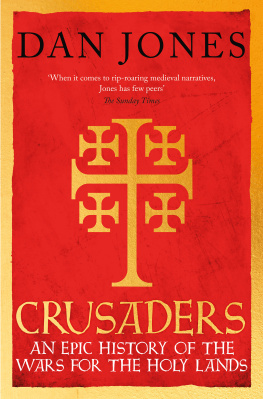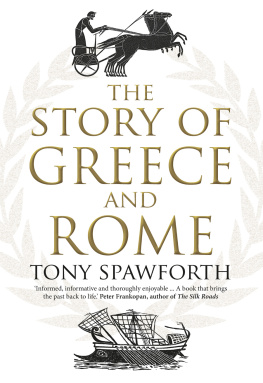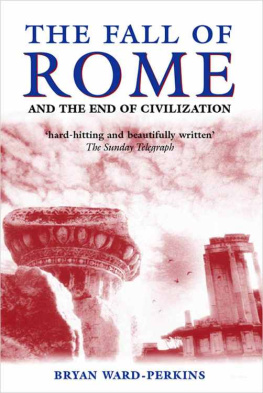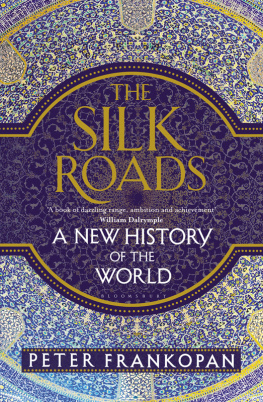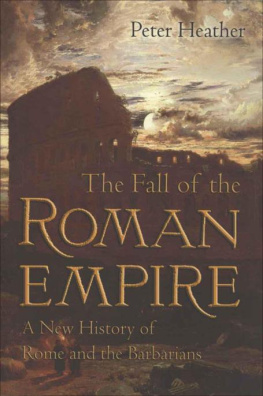POWERS
AND
THRONES
Summer of Blood:
The Peasants Revolt of 1381
The Plantagenets:
The Kings Who Made England
The Hollow Crown:
The Wars of the Roses and the Rise of the Tudors
Magna Carta:
The Making and Legacy of the Great Charter
Realm Divided:
A Year in the Life of Plantagenet England
The Templars:
The Rise and Fall of Gods Holy Warriors
Crusaders:
An Epic History of the Wars for the Holy Lands
WITHMARINAAMARAL
The Colour of Time: A New History of the World, 18501960
The World Aflame: The Long War, 19141945
POWERS
AND
THRONES
A New History of the Middle Ages
DAN JONES
AN APOLLO BOOK
www.headofzeus.com
An Apollo book
First published in the UK in 2021 by Head of Zeus Ltd
Copyright 2021 Dan Jones
The moral right of Dan Jones to be identified as the author of this work has been asserted in accordance with the Copyright, Designs and Patents Act of 1988.
All rights reserved. No part of this publication may be reproduced, stored in a retrieval system, or transmitted in any form or by any means, electronic, mechanical, photocopying, recording, or otherwise, without the prior permission of both the copyright owner and the above publisher of this book.
A catalogue record for this book is available from the British Library.
ISBN (HB): 9781789543537
ISBN (E): 9781789543551
Maps by Jamie Whyte
Head of Zeus Ltd
58 Hardwick Street
London EC1R 4RG
www.headofzeus.com
For Anthony,who thinks of everythingWhat has been is what will be,and what has been done is what will be done,and there is nothing new under the sun.Is there a thing of which it is said,See, this is new?It has been alreadyin the ages before us.ECCLESIASTES 1:910
CONTENTS
THIS BOOK COVERS MORE THAN A thousand years and its geographical scope encompasses every continent save Australasia and Antarctica. You are about to encounter lots of different languages, currencies and cultures. Some will be familiar. Others will not. In the interests of clarity and enjoyment, I have not tried to apply any rigid system of monetary conversion or spelling convention. I have opted instead for familiarity over strict propriety, and common sense above everything else. I hope you understand.
In the sixteenth century the English historian John Foxe looked over his shoulder at the great sweep of the near, and distant, past. History, thought Foxe (or ecclesiastical history, which was the stuff that really mattered to him), could be sliced into three great chunks.
It began with the primitive time, by which he meant those ancient days when Christians hid in catacombs to dodge persecution by wicked, faithless Romans, and tried to avoid being crucified or worse. It culminated in what Foxe called our latter days the era of the Reformation, when the grip of the Catholic Church on life in Europe was challenged, and when western navigators began to explore the New World.
Sandwiched between these two periods was an awkward slab consisting of about one thousand years. Foxe called this the middle age. It was, by definition, neither fish nor fowl.
Today we still use Foxes label, although we have added a plural. For us, the years between the fall of the western Roman Empire in the fifth century AD and the Protestant Reformation are the Middle Ages . Anything relating to the time is medieval a nineteenth-century adjective, which literally means the same thing.
Words are heavily loaded. The Middle Ages are often the butt of a big historical joke. Medieval is frequently deployed as a dirty term, particularly by newspaper editors, who use it as shorthand when they want to suggest stupidity, barbarity and wanton violence. (An alternative popular name for this period is the Dark Ages, which does much the same job: caricaturing the medieval past as a time of permanent intellectual night.) For obvious reasons, this can make todays historians quite tetchy. If you should happen to meet one, it is best not to deploy medieval as an insult unless you want a lecture or a punch on the nose.
The book you are about to read tells the story of the Middle Ages. It is a big book, because that is a big task. We are going to sweep across continents and centuries, often at breakneck pace. We are going to meet hundreds of men and women, from Attila the Hun to Joan of Arc. And we are going to dive headlong into at least a dozen fields of history from war and law to art and literature. I am going to ask and I hope, answer some big questions. What happened in the Middle Ages? Who ruled? What did power look like? What were the big forces that shaped peoples lives? And how (if at all) did the Middle Ages shape the world we know today?
There will be times when it may feel a little bit overwhelming.
But I promise you, it is going to be fun.
I have divided this book into four broadly chronological sections. Part I looks at what one brilliant modern historian has labelled the inheritance of Rome. It opens with the Roman Empire in the west in a state of retreat and collapse, rocked by a changing climate and several generations of mass migration, among other things. It then looks at the secondary superpowers that emerged in Romes wake: the so-called barbarian realms that laid the foundations for the European kingdoms; the remodelled eastern Roman superstate of Byzantium; and the first Islamic empires. It takes the story from the beginning of the fifth century AD to the middle of the eighth.
Part II opens in the age of the Franks, who revived a Christian, pseudo-Roman empire in the west. The story here is partly but not exclusively political: besides tracing the rise of the dynasties who carved Europe into Christian royal realms, we will also look at the new forms of cultural soft power that emerged around the turn of the first millennium. This part of the book asks how monks and knights came to play such an important role in western society during the Middle Ages and how the fusion of their two mindsets gave birth to the crusades.
Part III begins with the stunning appearance of a new global superpower. The rise of the Mongols in the twelfth century AD was a sharp and hideously brutal episode, in which an eastern empire with its capital in what is now Beijing achieved fleeting domination over half the world, at the cost of millions of lives. Against the background of this dramatic shift in global geopolitics, part III also looks at other emerging powers in what is sometimes called the high Middle Ages. We will meet merchants who invented extraordinary new financial techniques to make themselves and the world richer; scholars who revived the wisdom of the ancients and founded some of todays greatest universities; and the architects and engineers who built the cities, cathedrals and castles that still stand 500 years on, as portals back to the medieval world.
Part IV of this book brings the Middle Ages to a close. The section begins with a global pandemic that ripped through the world, from east to west, devastating populations, reshaping economies and changing the way that people thought about the world around them. It then looks at how the world was rebuilt. We will meet the geniuses of the Renaissance, and travel alongside the great navigators who struck out in search of new worlds and found them. Last of all, we will see how shifting religious dogma, allied to new communication technology, brought about the Protestant Reformation an upheaval which (as Foxe recognized) brought the curtain down on the middle age.
Next page

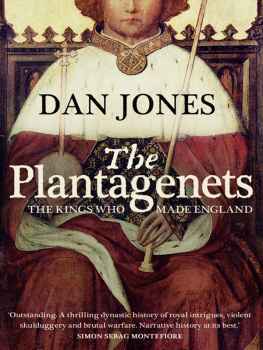


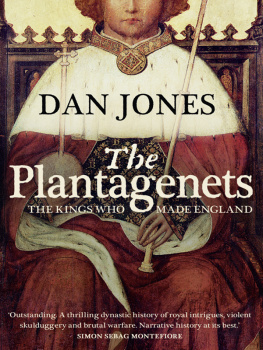
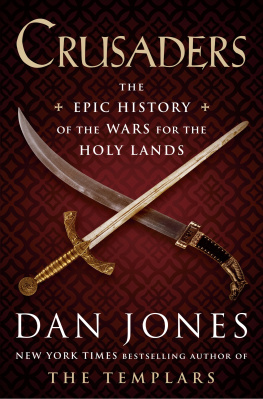
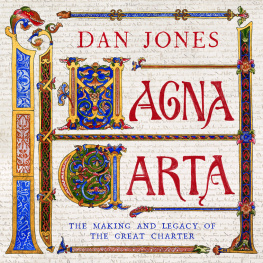
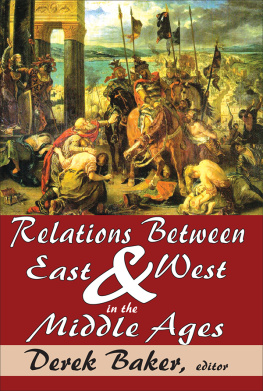
![Rountree Elizabeth - The story of the world: [history for the classical child]. Volume 2, The Middle Ages, [from the fall of Rome to the rise of the Renaissance]: test book and answer key](/uploads/posts/book/232759/thumbs/rountree-elizabeth-the-story-of-the-world.jpg)

